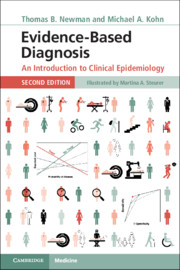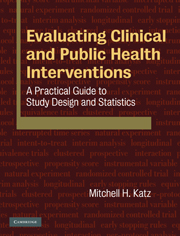Planning Clinical Research
Planning a clinical study is much more than determining the basic study design. Who will you be studying? How do you plan to recruit your study subjects? How do you plan to retain them in the study? What data do you plan to collect? How will you obtain this data? How will you minimize bias? All these decisions must be consistent with the ethical considerations of studying people. This book teaches how to choose the best design for your question. Drawing on their many years working in clinical research, Nancy G. Berman and Robert A. Parker guide readers through the essential elements of study planning to help get them started. The authors offer numerous examples to illustrate the key decisions needed, describing what works, what does not work, and why. Written specifically for junior investigators beginning their research careers, this guide will also be useful to senior investigators needing to review specific topics.
- Over 200 examples in multiple research areas illustrate different issues in clinical study design, including examples illustrating what does not work
- Many of the examples are presented in several parts, illustrating the thought process involved in planning a study
- In addition to separate chapters on ethical issues and informed consent, the authors discuss specific ethical issues arising from the activities discussed in each chapter
Product details
October 2016Paperback
9780521549950
440 pages
248 × 174 × 23 mm
0.78kg
Available
Table of Contents
- Part I. Introduction:
- 1. Questions before starting on the details
- 2. Ethics
- 3. Informed consent
- Part II. Study Designs:
- 4. Overview of study designs
- 5. Designs for interventional studies
- 6. Cohort studies
- 7. Case-control studies
- 8. Cross-sectional studies
- 9. Record reviews
- 10. Selecting a design
- Part III. Core Concepts Applicable to All Study Designs:
- 11. Generalizability and validity
- 12. Study population
- 13. Getting and keeping participants
- 14. Study data - how variables are used
- 15. Study data - endpoints
- 16. Predictor and confounding variables
- 17. Bias
- 18. Avoiding bias
- Part IV. Additional Concepts for Interventional Studies:
- 19. Describing your intervention
- 20. Randomization - what and why
- 21. Techniques for randomization
- 22. Blinding
- 23. Techniques needed for blinding intervention studies
- 24. Compliance and adherence
- Part V. Additional Concepts for Observational Studies:
- 25. Defining populations for cohort studies
- 26. Identifying participants for case-control studies
- 27. Matching in nonrandomized studies
- 28. Blinding in observational studies
- Part VI. Practical Issues:
- 29. Acquiring high-quality data
- 30. Data storage.









